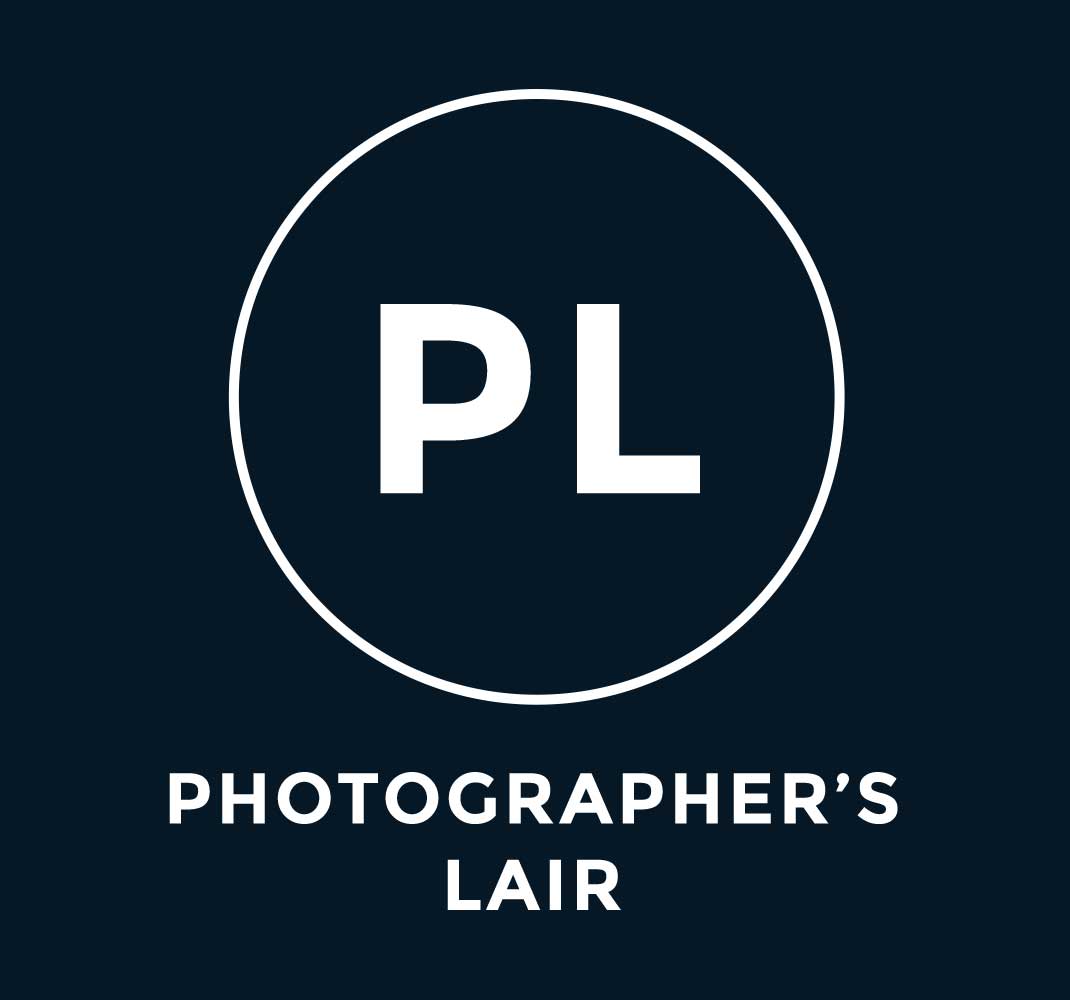
Saturday was a bit cold and blustery in Indy…so I figured I might as well go shoot a little. The nice big puffy clouds were just too tempting for me to resist doing a little HDR (High Dynamic Range) image work, and besides…I’m in the middle of trying to wrap up some nifty photo compositing projects that I figure will make some good material for Indyshooter. If you aren’t familiar with HDR, just do a quick search for the term and you’ll come up with all kinds of sites. Trey Ratcliff is one of the more well-know HDR gurus….check him out at Stuck in Customs.
So, for the background (in more ways than one…) I’m working on team photos for the Indianapolis Junior Roller Girls. In mid-January I scheduled a team photo session where I took a number of individual and team photos. I’ve been working my way through making fun Indianapolis-themed backgrounds for the team shots. Once this is complete I’ll be posting a fun little tutorial describing the whole process, but for now this is a little sneak peek at one of the background shots and how I set up the camera to take the images used to create the final HDR image.
One of the challenges in shooting HDR is setting up to take multiple exposures of the same scene. You really need to use a tripod and make sure that nothing moves…you can notice the flags on top of the distant building to the left have some ghosting – this is one effect of the HDR process. anything that moves from one frame to the next shows up like a ghost image. For my purposes I wasn’t terribly concerned with the movement of these flags – it really isn’t going to be a big factor. I set my Camera to manual and took seven frames each a full stop apart…so if you consider the normal exposure as “0”, this gave me the following exposure sequence (in stops away from 0): -3, -2, -1, 0, +1, +2, +3. The other main consideration here is to make sure the exposure changes are made by adjusting shutter speed and not the aperture. Changing the aperture will create inconsistent depth-of-field between the different exposures which then leads to a strange fuzzy-focus issue in the final HDR image. Not cool. So when shooting for HDR I always either set my camera on manual and take multiple frames by adjusting the shutter speed, or set the camera to auto-bracket in aperture priority mode. The difference here is that I prefer to get at least seven bracketed frames for each image. It creates a smoother effect after processing. The auto-bracket function on my Canon 7D only takes three frames: the baseline exposure and then one over and one under-exposed frame. I tend to only use that option if I’m stuck shooting hand-held for some reason. I’ll switch into burst-mode and just hold as still as possible while letting the camera make the adjustments in exposure.
Photomatix by HDRsoft does a splendid job of combining your series of photos into a HDR image. You can load the images directly into the program or run them through a plug-in from Adobe Lightroom. This is how I tend to work because I like to catalogue everything in Lightroom. You select the photos you want to use and export them into Photomatix for processing and then the final image is pulled right back into Lightroom for a little final tweaking. I’ll be posting a more in-depth tutorial on that whole process in a few days.
Happy Shooting!
-David

Leave a comment